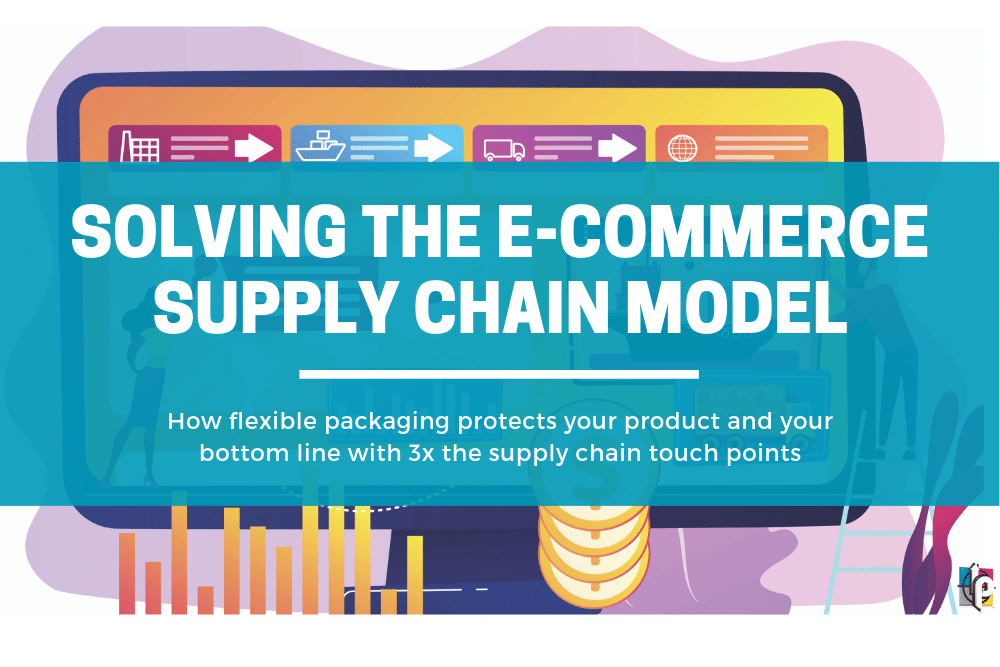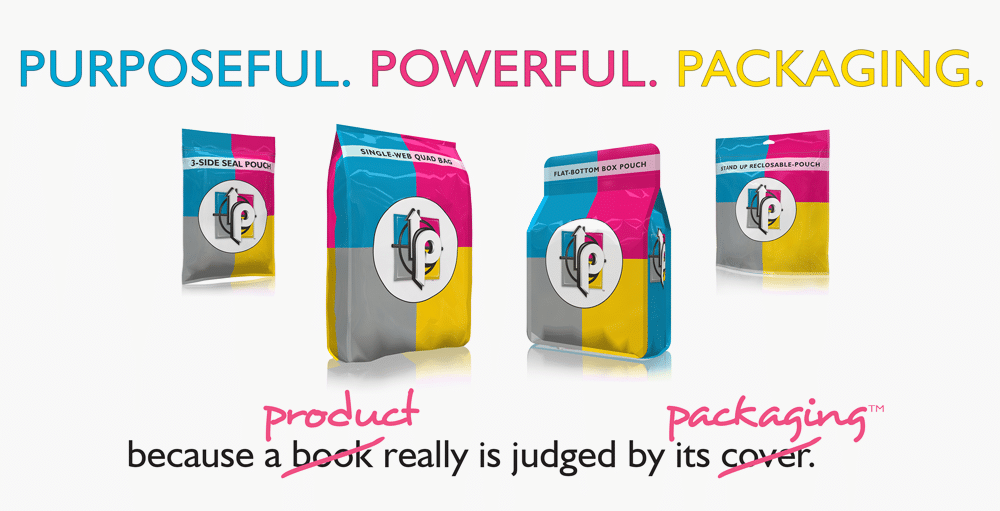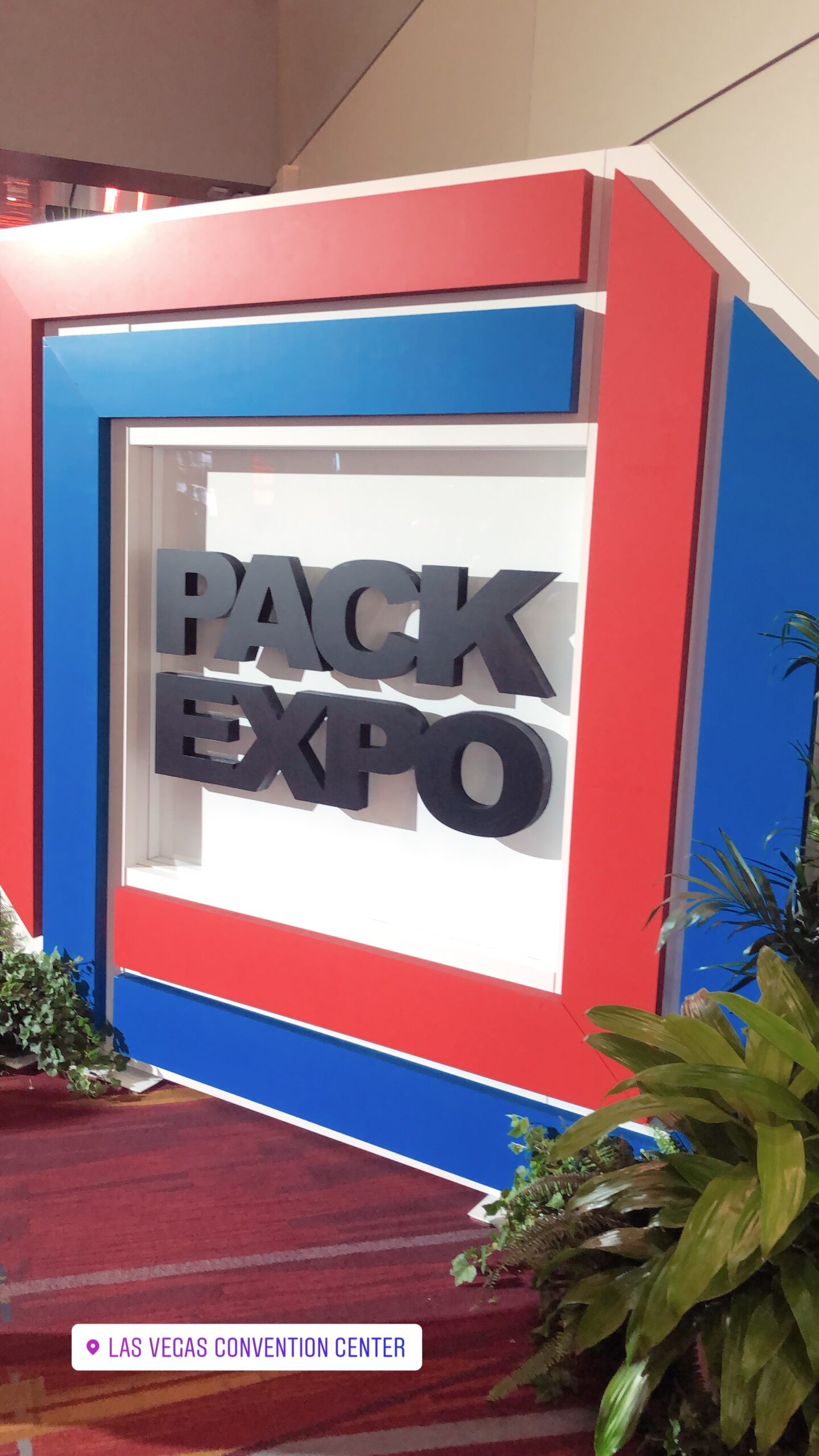PPT is OPEN as an ‘Essential Business’ & part of the ‘Critical Infrastructure Industry It…


A customer visits your website and places your product in their digital shopping cart. Three days go by and they get a notification of delivery on their phone. Super excited, they get home and open the package, only to find what they ordered to be damaged.
The cause? The packaging was completely destroyed.
Thus they contact your customer service department and file a complaint and return.
THEN they continue on to social media and share the type of experience they had with the world.
Worst case scenario right?
Every day, consumer goods companies are suffering losses, and leaving money on the table because their product’s packaging isn’t optimized to meet the rigorous structure of the e-commerce supply chain model.
Sometimes with up to 3x the touch points compared to standard brick & mortar distribution models, e-commerce can present enormous risk for product damage.
With threats of increased cost in returns, negative impact on brand image, and reduced customer loyalty; it is important to have the necessary packaging that will protect your product’s journey from pallet, to your customer’s doorstep.
So we know that compared to brick & mortar, selling products online can be a nightmare for supply chain. How do we work together to make this easier?
There are different strategies help this issue, but for the sake of time we will focus on three.
E-Commerce Solutions
First and foremost- We need to attack the problem at its core. As shopping habits continue to shift toward a digital environment, it is important to keep an open mind by entertaining the idea of switching to a new package format.
While rigid and glass formats work well in stores- they present more risk when shipping across the country.
Consider switching to flexible formats to help offset that risk and shift the cost of higher returns, to saving more with a cheaper packaging option.

Second- when designing your product’s packaging it is important to create separation between retail shelves and consumer homes. With e-commerce, you don’t need to focus on the environment that forces the “bigger equals better” package format; instead you can focus on creating an experience first package design.
Things like re-closeable features, barrier qualities, and product safety measures will go a long way in providing the customer an irresistible experience that they won’t forget.
Last but not least- take the time to develop SKUs that take advantage of your desired supply chain model.
With today’s e-commerce buying habits; consumers are moving toward a subscription-by-subscription basis. They are looking for a more customized buying experience. Why not make it easier and adapt your supply chain strategy to match?
Teaming your supply chain model with your buyer’s shopping habits will help keep costs low, and keep satisfaction high.
Our Promise To You
We know that working with this channel can be tough sometimes, but we are here to help when you are ready. According to business insider total sales in the consumer goods market grew 2.6% YOY in 2018.
During that same time; e-commerce sales went up 29%.
This shopping habit isn’t going away. It’s time to act now and team up with a supplier that will help support your product needs, and work with you to delight your customer on a consistent basis.
Contact us here to create that e-commerce friendly packaging that your customer’s have been posting about.
Thanks for reading!
Your Packaging Partner,
PPT
“Enrich People’s Lives and the Products they Use with Purposeful, Powerful, Packaging”
Written By
[simple-author-box]


